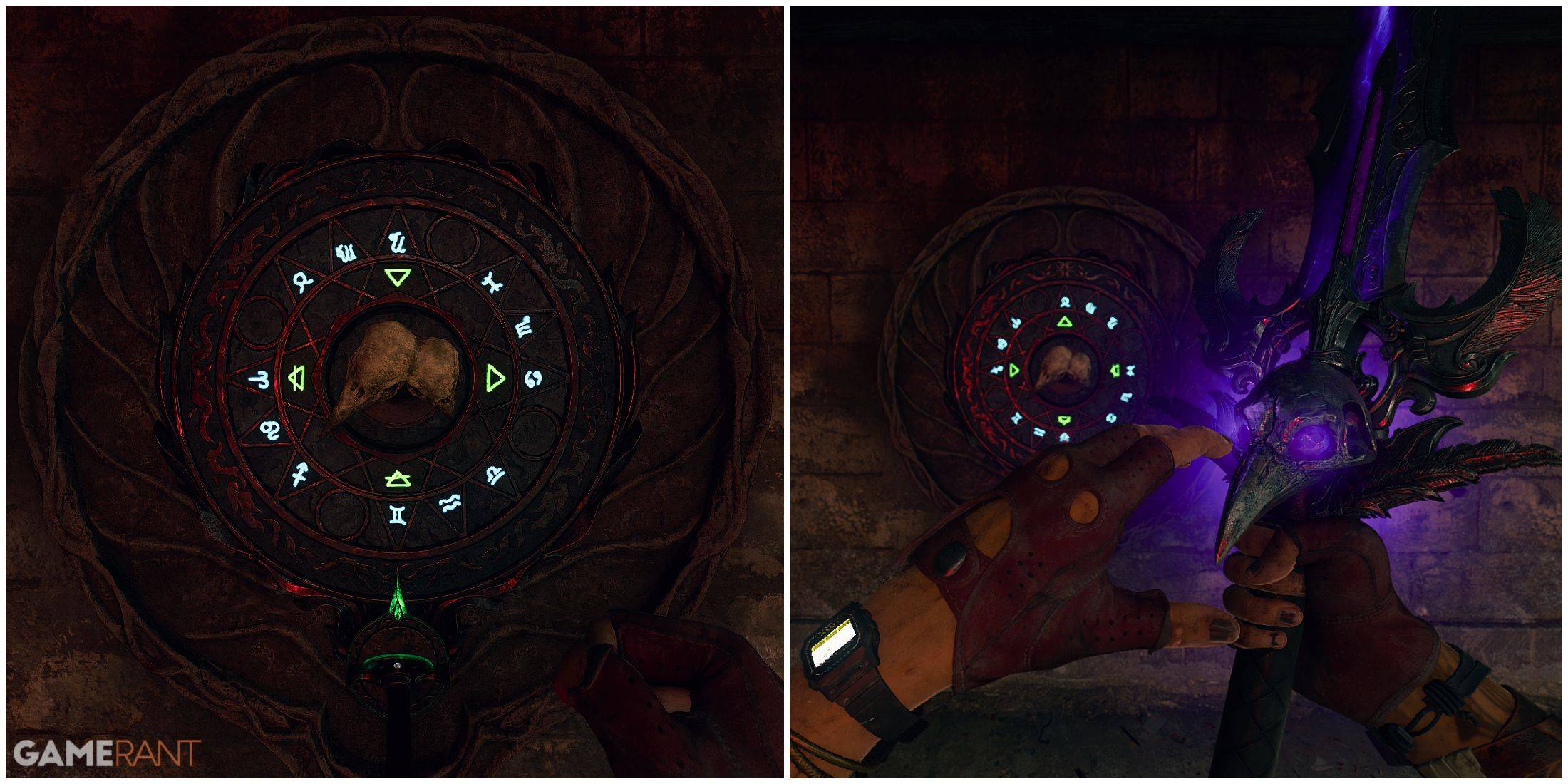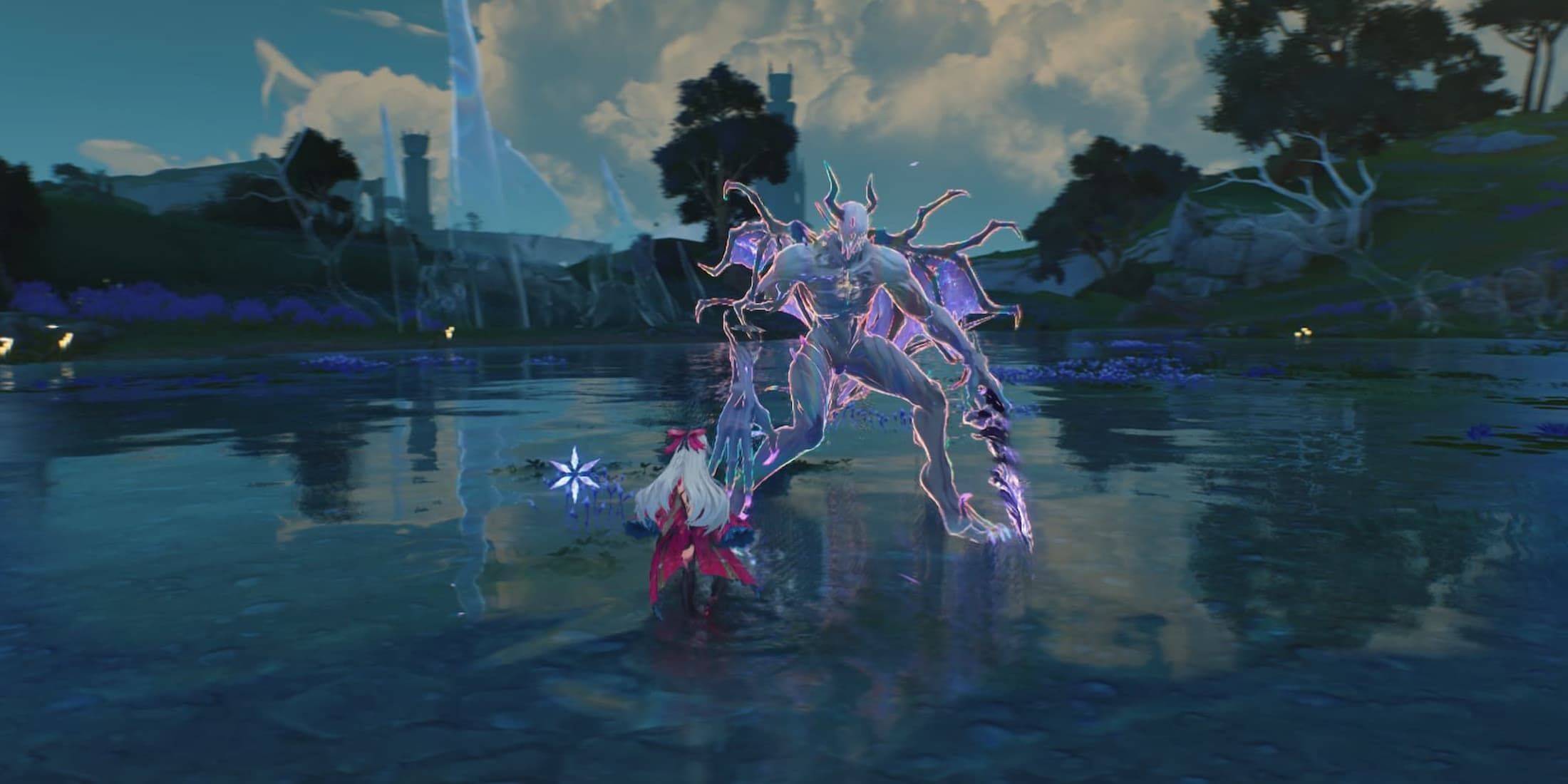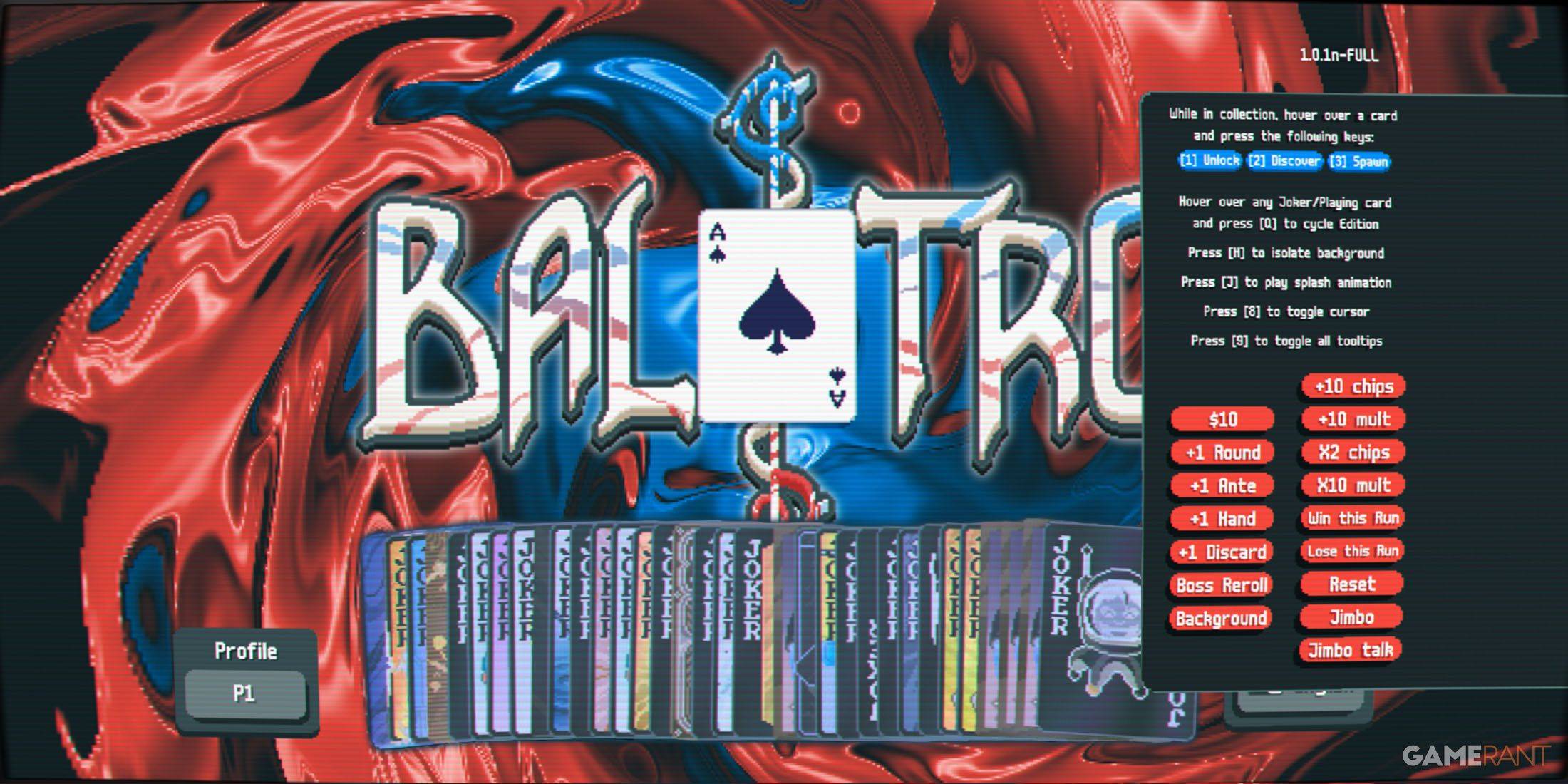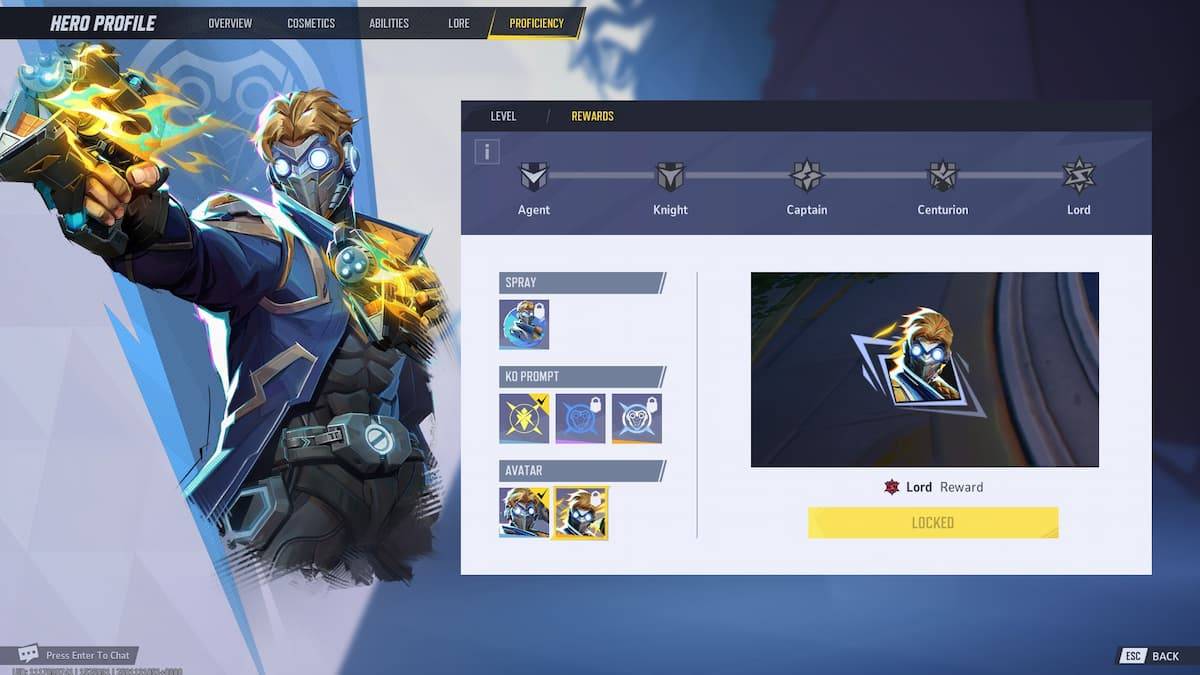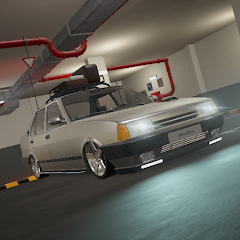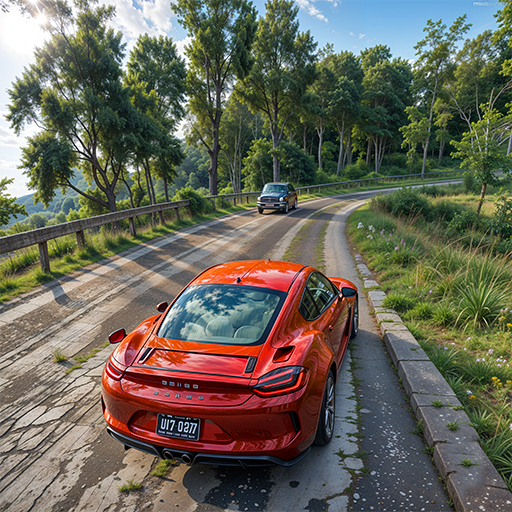AMD Radeon RX 9070 XT: In-Depth Review
For the last couple of generations, AMD has been striving to compete with Nvidia at the high end. However, with the launch of the AMD Radeon RX 9070 XT, Team Red has strategically shifted its focus from the ultra-high-end market, dominated by the RTX 5090, to delivering an exceptional graphics card for the majority of gamers. At a competitive price point of $599, the Radeon RX 9070 XT not only challenges the $749 GeForce RTX 5070 Ti but often surpasses it in performance. AMD further enhances the appeal of the RX 9070 XT with the introduction of FSR 4, marking the first time AI upscaling is featured on an AMD graphics card. This makes the RX 9070 XT the go-to choice for 4K gaming without the need to splurge on the $1,999 RTX 5090.
Purchasing Guide
The AMD Radeon RX 9070 XT will be available starting March 6 at a base price of $599. Be aware that prices may vary due to third-party models, which can be more expensive. Aim to purchase one below $699 for the best value.
AMD Radeon RX 9070 XT – Photos
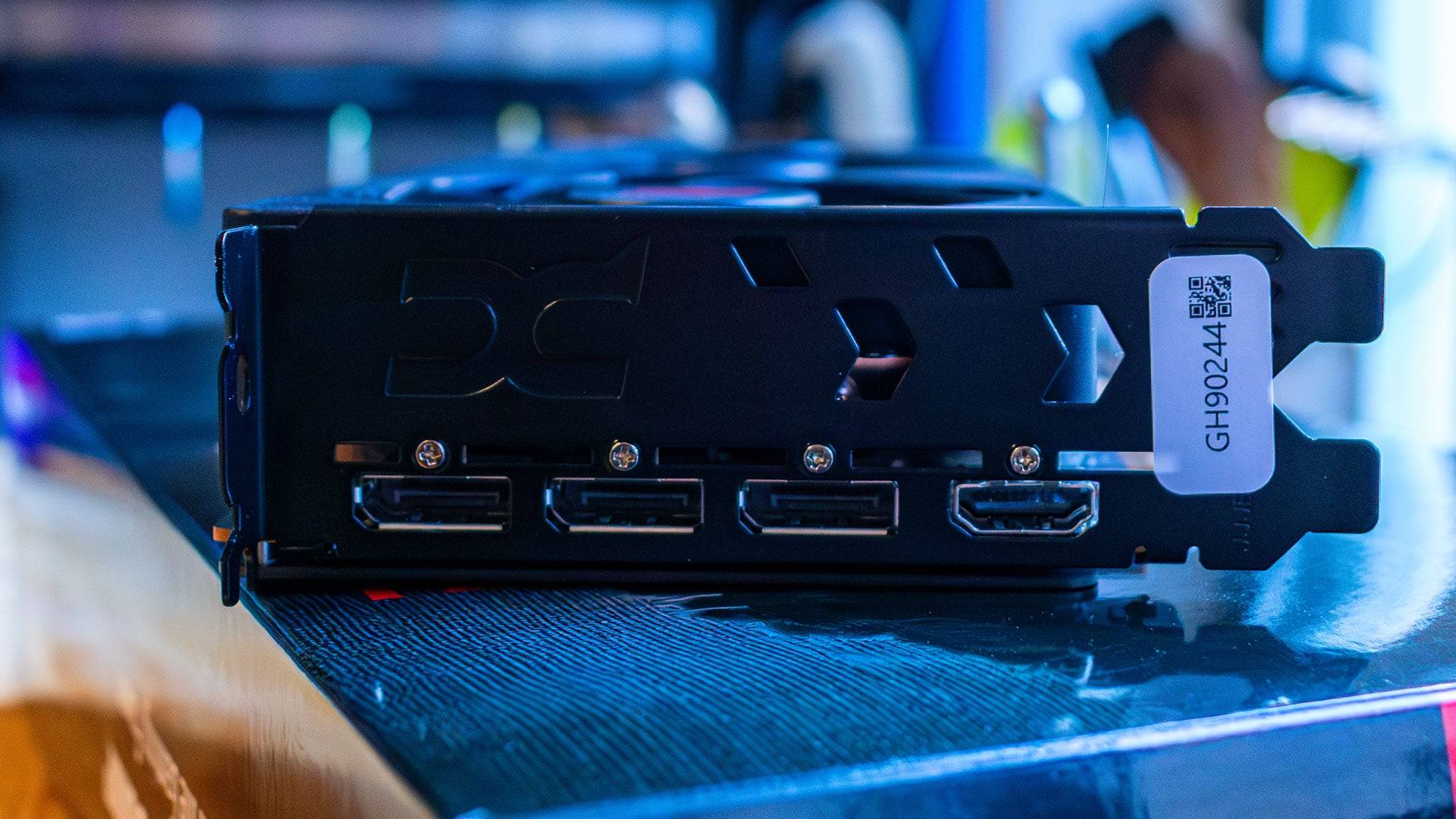
 4 Images
4 Images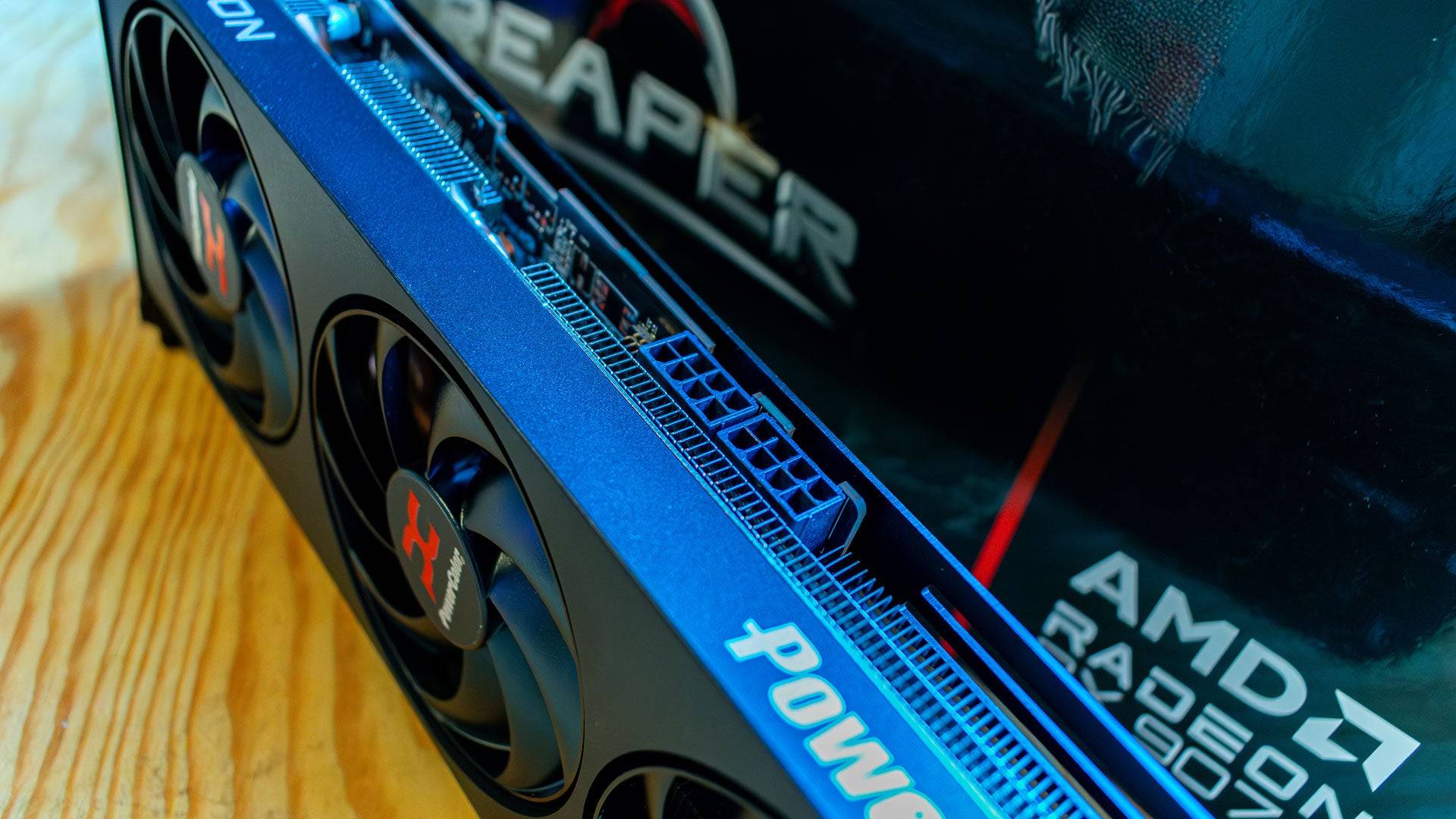
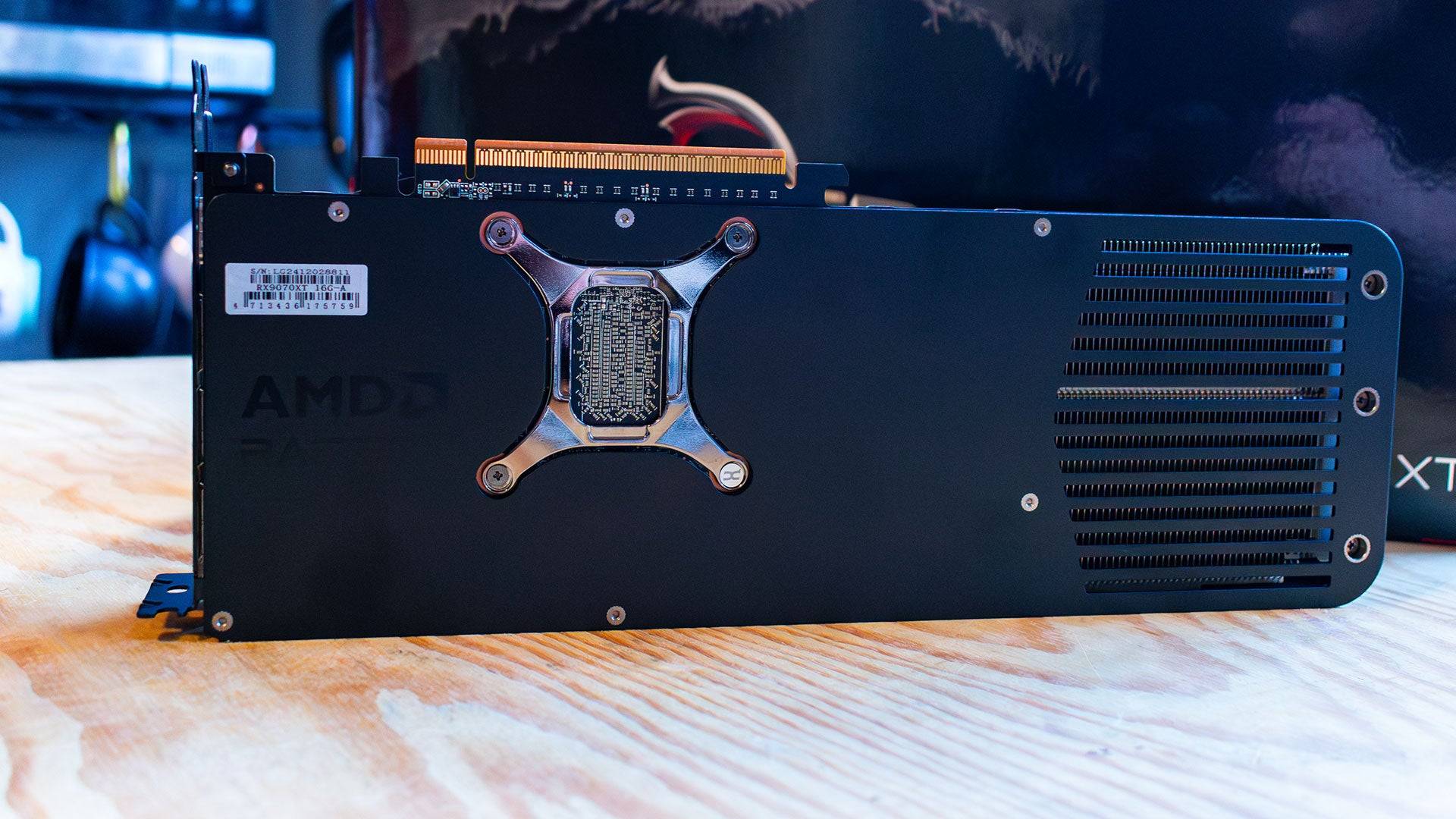
Specs and Features
Built on the innovative RDNA 4 architecture, the AMD Radeon RX 9070 XT showcases significant advancements. The spotlight shines on its new RT and AI Accelerators, with the latter powering the groundbreaking FidelityFX Super Resolution 4 (FSR 4). This AI-driven upscaling technology, while not improving framerates over FSR 3.1, significantly boosts image quality. Users can also opt-out of FSR 4 through the Adrenalin software for better performance if needed.
AMD has optimized the shader cores of the RX 9070 XT, enhancing per-core performance. Despite having fewer Compute Units (64) compared to the previous Radeon RX 7900 XT (84), the new card achieves a substantial performance leap at a more accessible price. Each Compute Unit contains 64 Streaming Multiprocessors, totaling 4,096, alongside 64 ray accelerators and 128 AI accelerators.
The RX 9070 XT comes with 16GB of GDDR6 memory on a 256-bit bus, a step down from the RX 7900 XT's 20GB on a 320-bit bus. This reduction impacts both capacity and bandwidth, yet it remains sufficient for most 4K gaming experiences. The power requirement for the RX 9070 XT is slightly higher at 304W compared to the 300W of its predecessor, though testing showed the RX 7900 XT consuming more power.
With no reference design from AMD, the RX 9070 XT relies on third-party manufacturers. My review unit, the Powercolor Radeon RX 9070 XT Reaper, features a compact triple-fan design that effectively maintained temperatures at 72°C. Standard power connectors (two 8-pin PCI-E) and a recommended 700W power supply make it an accessible upgrade. Connectivity includes three DisplayPort 2.1a and one HDMI 2.1b, though a USB-C port would have been a welcome addition.

FSR 4
AMD has long sought an AI upscaling solution comparable to Nvidia's DLSS. With the Radeon RX 9070 XT, FSR 4 finally delivers this capability, reducing ghosting and fuzziness seen in previous FSR versions. By analyzing previous frames and game engine data, FSR 4 upscales lower-resolution images to native resolution, improving visual quality at the cost of a slight performance hit.
In games like Call of Duty: Black Ops 6 at 4K Extreme settings, FSR 4 yields better image quality but drops framerates from 134 fps (FSR 3.1) to 121 fps. Similarly, in Monster Hunter Wilds, performance decreases from 94 fps to 78 fps with FSR 4. This trade-off is expected, as AI upscaling is more demanding, yet it enhances image quality, particularly beneficial for single-player gaming.
FSR 4 is an opt-in feature, disabled by default in my review unit, allowing users to switch back to FSR 3.1 for better performance if preferred.
AMD Radeon RX 9070 XT & 9070 – Benchmarks
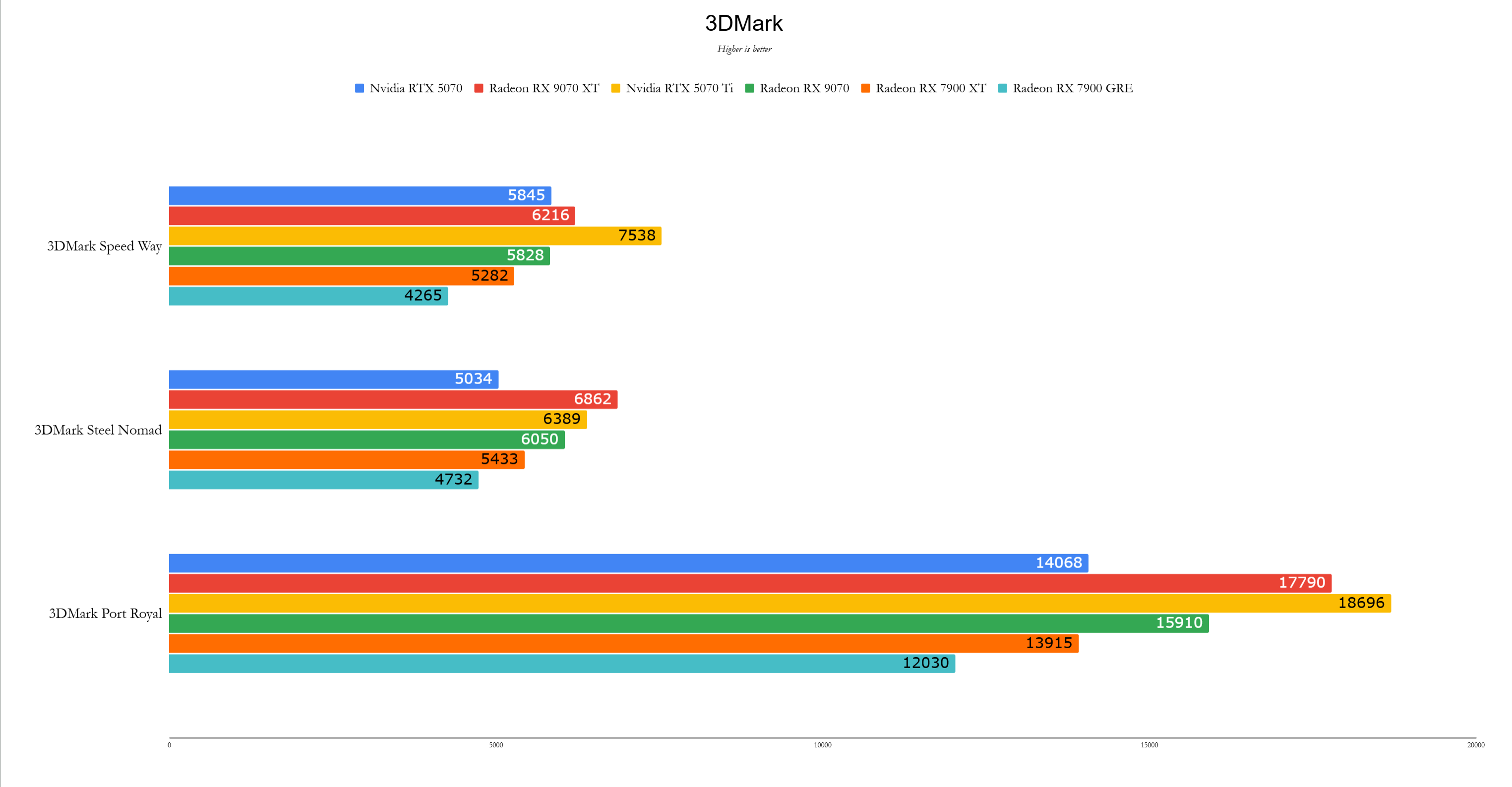
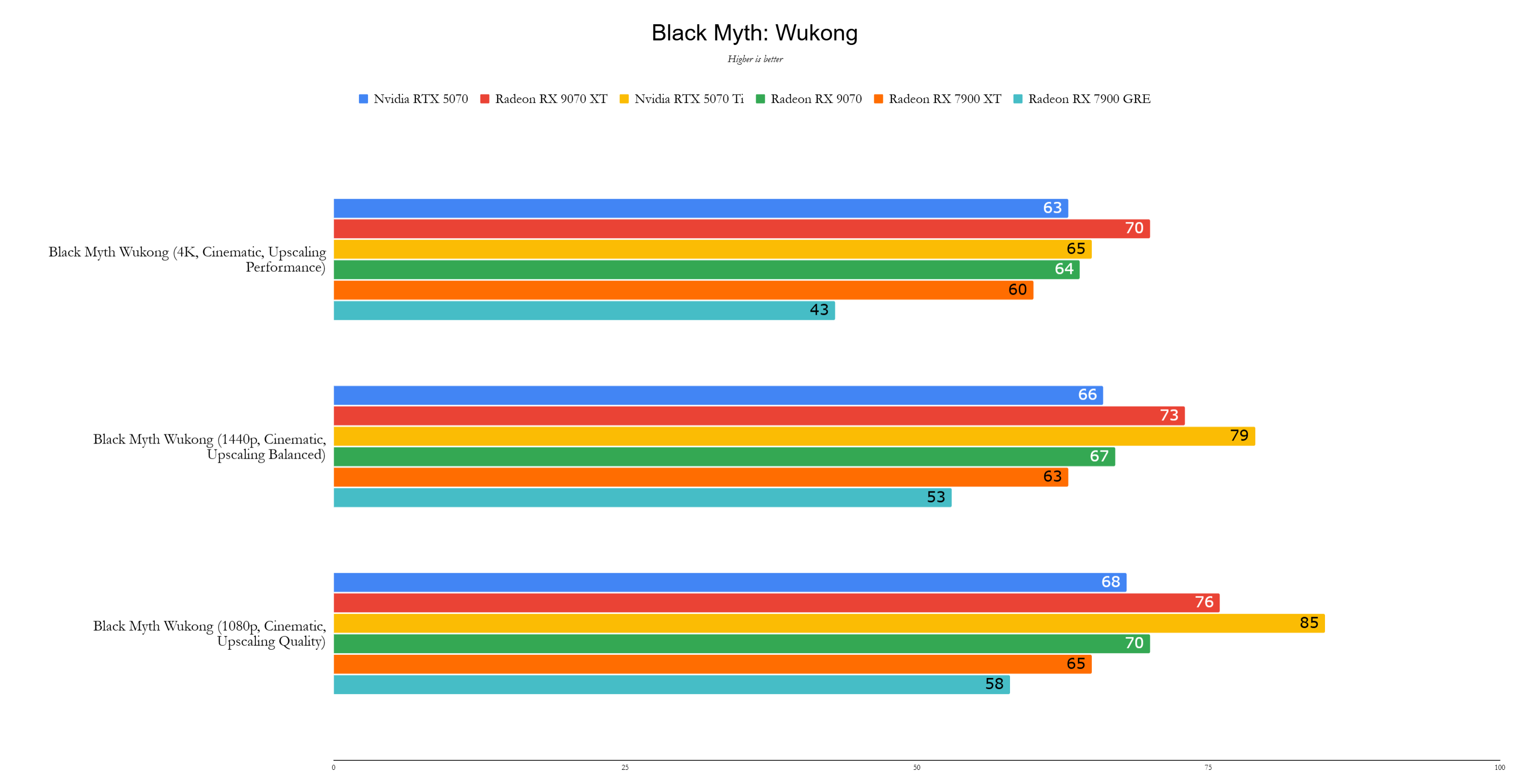 11 Images
11 Images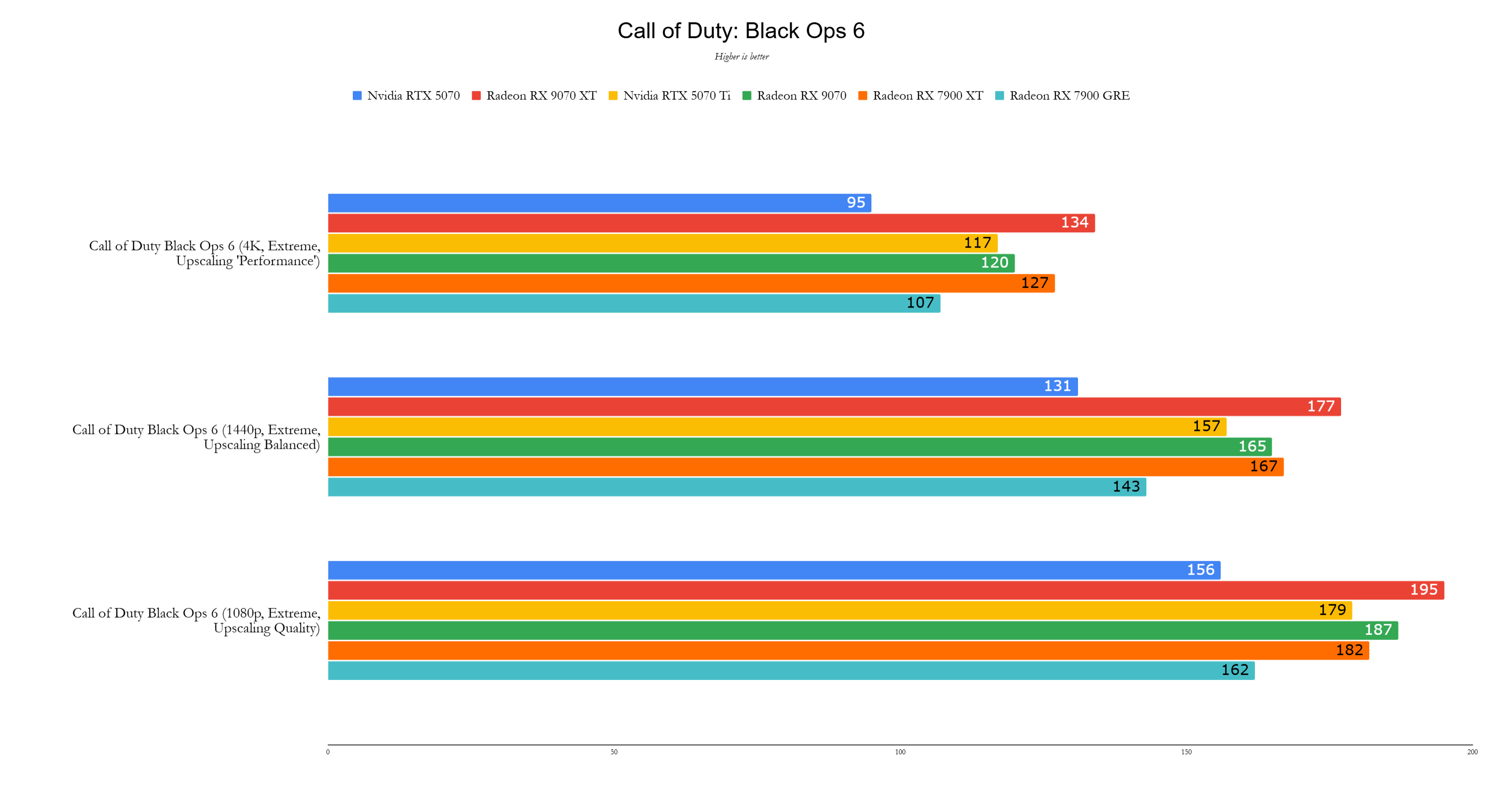

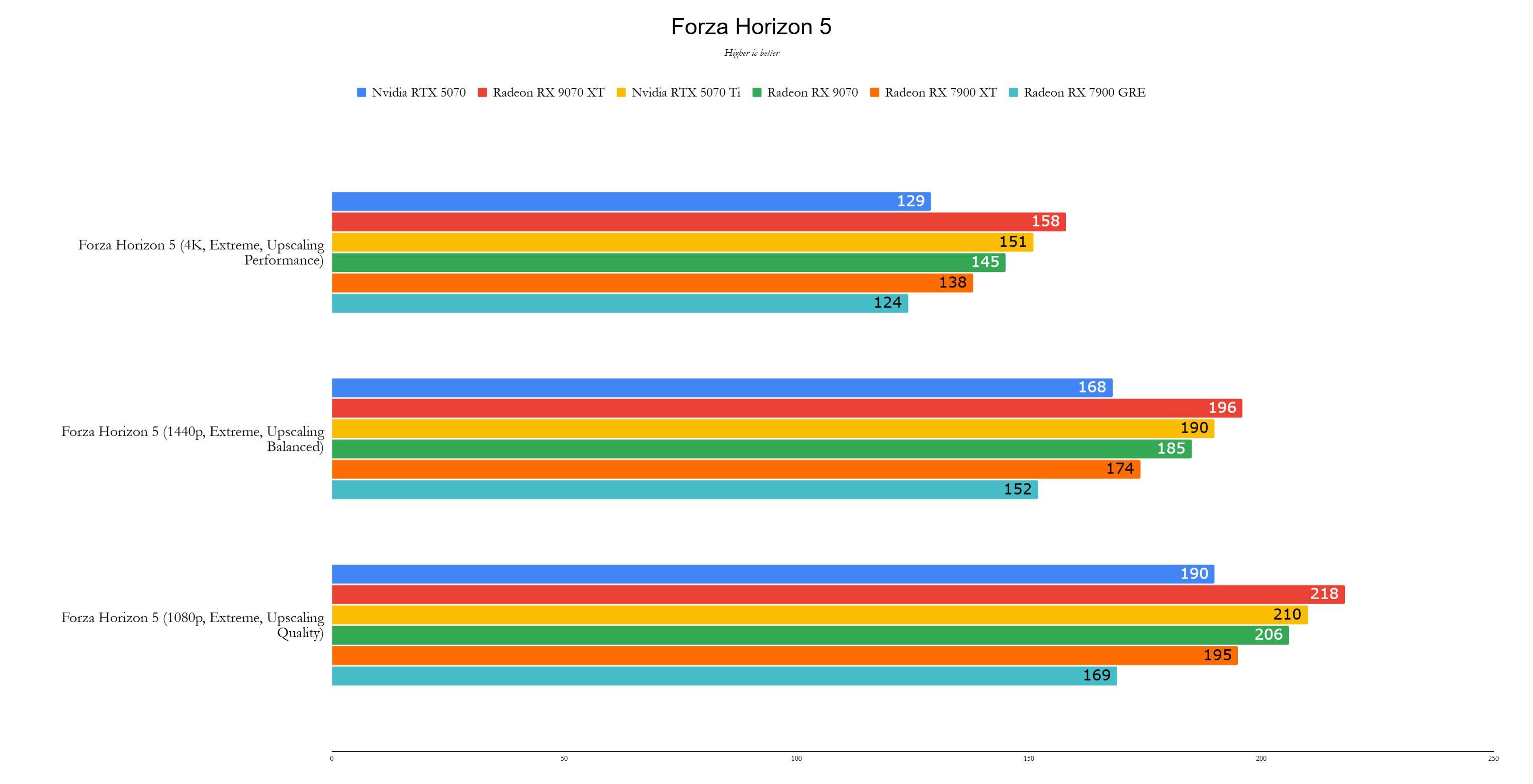

Performance
The Radeon RX 9070 XT, priced at $599, delivers a compelling performance, outperforming the Nvidia GeForce RTX 5070 Ti ($749) by an average of 2%. In some titles, the RTX 5070 Ti may have the edge, but the close competition is a testament to AMD's engineering prowess.
Across my test suite, the RX 9070 XT showed a 17% improvement over the RX 7900 XT, which was priced at $899 two years ago. At 4K, the RX 9070 XT maintains this lead, positioning it as the ideal entry-level 4K gaming card, even with ray tracing enabled.
All tests were conducted using the latest available drivers, with Nvidia cards on Game Ready Driver 572.60 and AMD cards on Adrenalin 24.12.1, except for the RX 9070 XT and RX 9070, which used pre-release drivers.
In synthetic benchmarks like 3DMark, the RX 9070 XT showed an 18% increase over the RX 7900 XT in Speed Way and a 26% increase in Steel Nomad, even surpassing the RTX 5070 Ti by 7%.
Test System CPU: AMD Ryzen 7 9800X3D Motherboard: Asus ROG Crosshair X870E Hero RAM: 32GB G.Skill Trident Z5 Neo @ 6,000MHz SSD: 4TB Samsung 990 Pro CPU Cooler: Asus ROG Ryujin III 360
In specific games, the RX 9070 XT demonstrated impressive performance. In Call of Duty: Black Ops 6, it led the RTX 5070 Ti by 15%. In Cyberpunk 2077, despite Nvidia's historical advantage, the RX 9070 XT was only 5% behind. Metro Exodus showed nearly identical performance to the RTX 5070 Ti, while Red Dead Redemption 2 highlighted a 13% advantage over the RTX 5070 Ti. However, Total War: Warhammer 3 saw a 13% lead for the RTX 5070 Ti.
In Assassin's Creed Mirage, the RX 9070 XT achieved 163 fps, outperforming the RTX 5070 Ti by 12%. Black Myth Wukong showcased a surprising 8% lead for the RX 9070 XT, demonstrating the effectiveness of the new Ray Accelerators. Forza Horizon 5 further solidified the RX 9070 XT's position with a 5% performance edge over the RTX 5070 Ti.
The Radeon RX 9070 XT's launch at CES 2025 felt like a strategic move by AMD to counter Nvidia's Blackwell graphics cards. At $599, it represents a return to a more reasonable pricing structure in the graphics card market. While it may not match the RTX 5080 or RTX 5090 in raw power, it offers a balanced solution for most gamers, reminiscent of the value and performance seen in the GTX 1080 Ti at its launch in 2017.
Related Articles
Latest Articles




![Taffy Tales [v1.07.3a]](https://imgs.anofc.com/uploads/32/1719554710667e529623764.jpg)






